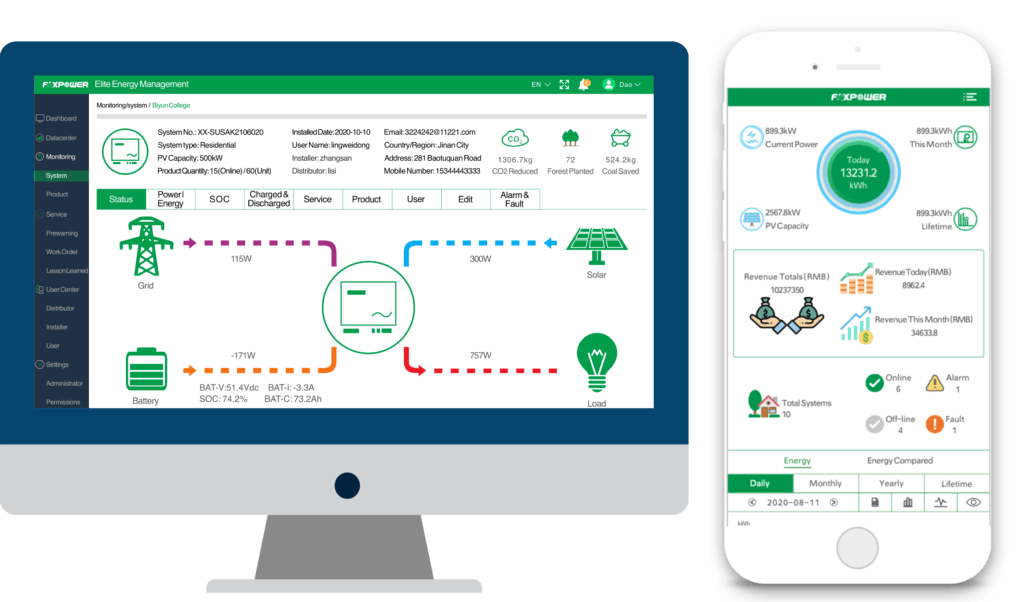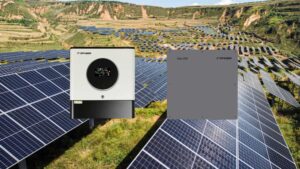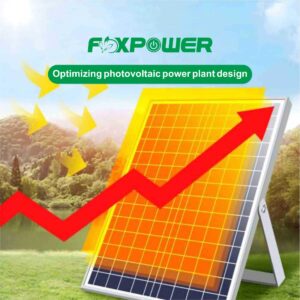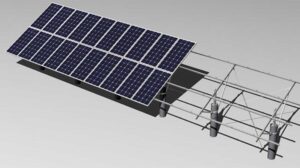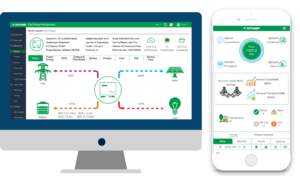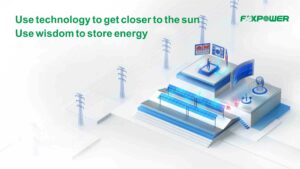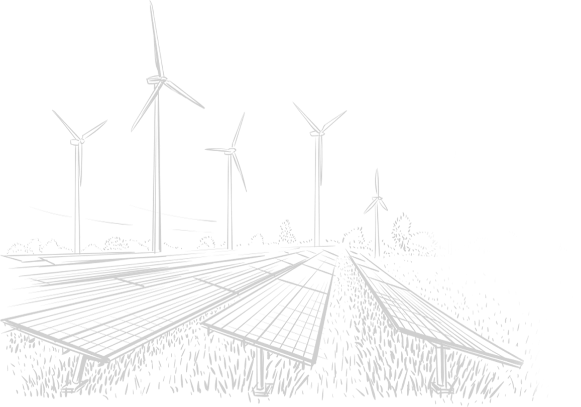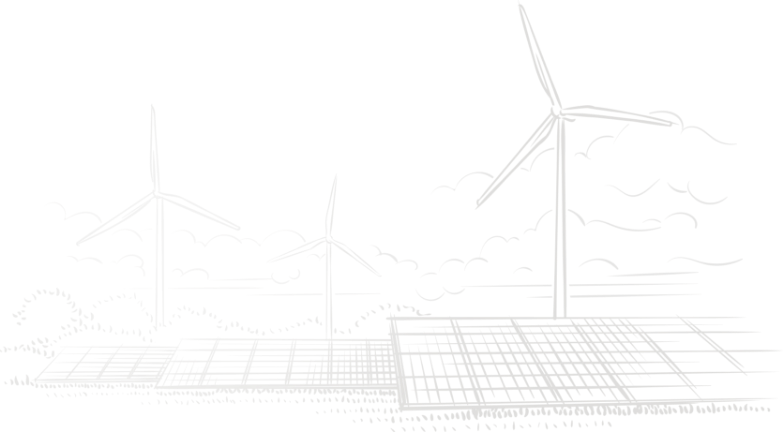As an important component of clean energy, photovoltaic power stations are increasingly used around the world. Increasing the power generation of photovoltaic power stations can not only improve the return on investment, but also maximize the use of renewable energy and reduce dependence on fossil fuels. So, how to increase the power generation of photovoltaic power stations?
1.Optimize the design of photovoltaic power stations
1.1. Site selection optimization: The site selection of photovoltaic power stations has a vital impact on the power generation. Choosing a location with sufficient sunshine and less shadow is the primary condition for improving the efficiency of photovoltaic power generation. Topography, climate and surrounding environment will affect the site selection decision of photovoltaic power stations.
1.2. Component selection: High-efficiency photovoltaic components are the basis for increasing power generation. There are differences in conversion efficiency between photovoltaic components of different brands and models. Choosing more efficient components can significantly increase power generation. In addition, attention should be paid to the durability and reliability of the components to ensure their stability in long-term operation.
1.3. System configuration: The configuration of the photovoltaic system requires comprehensive consideration of multiple aspects such as components, inverters, cables and distribution systems. Reasonable system configuration can maximize the output power of components and reduce energy loss. For example, choosing a suitable inverter and ensuring its compatibility with photovoltaic components can effectively improve system efficiency.
2.Installation quality control
2.1. Installation angle and orientation: The installation angle and orientation of photovoltaic modules directly affect their efficiency in receiving solar radiation. In the northern hemisphere, photovoltaic modules are usually installed facing south, and the angle is adjusted according to latitude and season to maximize the utilization of sunlight.
2.2. Prevent shading: Photovoltaic modules should not be blocked during operation. Trees, buildings, dust and bird droppings will affect the light absorption of the modules, thereby reducing power generation. Regular cleaning and maintenance of photovoltaic modules to keep their surfaces clean can improve power generation efficiency.
2.3. Cable wiring and connection: During the installation process, it is necessary to ensure that the cable wiring is reasonable, avoid excessive cable length or too many joints, and reduce losses during power transmission. At the same time, high-quality products should be used for junction boxes and connectors to ensure good contact and prevent energy loss due to poor contact.
3.Daily maintenance and monitoring
3.1. Clean photovoltaic modules regularly: Dust, bird droppings and other debris on the surface of photovoltaic modules will affect the transmittance of light and reduce the power generation efficiency of the modules. Regularly cleaning photovoltaic modules and keeping their surfaces clean can significantly increase power generation.
3.2. Monitoring system operation status: Modern photovoltaic power stations are usually equipped with remote monitoring systems, and users can view the operating status and power generation data of the photovoltaic system in real time through the monitoring platform. Check the monitoring data regularly, discover and handle abnormal situations in time, and ensure the stable operation of the system.
3.3. Timely maintenance and repair: Various faults may occur in photovoltaic power stations during operation, such as module damage, inverter failure, cable aging, etc. Timely maintenance and repair of faulty equipment can reduce downtime, ensure the normal operation of the system, and increase overall power generation.
4.Technology upgrade and innovation
4.1. Application of high-efficiency photovoltaic modules: With the continuous advancement of photovoltaic technology, high-efficiency photovoltaic modules are gradually entering the market. These new modules have obvious advantages in conversion efficiency and can generate more electricity under the same area. Upgrading the components of existing photovoltaic systems can significantly increase power generation.
4.2. Use of smart inverters: Smart inverters can not only improve the conversion efficiency of the system, but also have functions such as remote monitoring, fault diagnosis and energy management. Through the application of smart inverters, system operation can be optimized and power generation can be increased.
4.3. Integration of energy storage systems: Energy storage systems can store excess photovoltaic power during the day and use it at night or on cloudy days, improving energy utilization and the self-sufficiency of the system. Integrating energy storage systems with photovoltaic systems can further increase power generation and system benefits.
Improving the power generation of photovoltaic power stations requires multiple aspects such as design, installation, maintenance and technology upgrades. Site optimization, component selection, system configuration, installation quality control, daily maintenance and monitoring, as well as technology upgrades and innovations are all key factors. By comprehensively considering and optimizing these factors, the power generation of photovoltaic power stations can be maximized, achieving a higher return on investment and greater environmental benefits. In the future, with the continuous advancement of photovoltaic technology and the deepening of its application, the power generation of photovoltaic power stations will be further improved, helping the development of renewable energy around the world.

